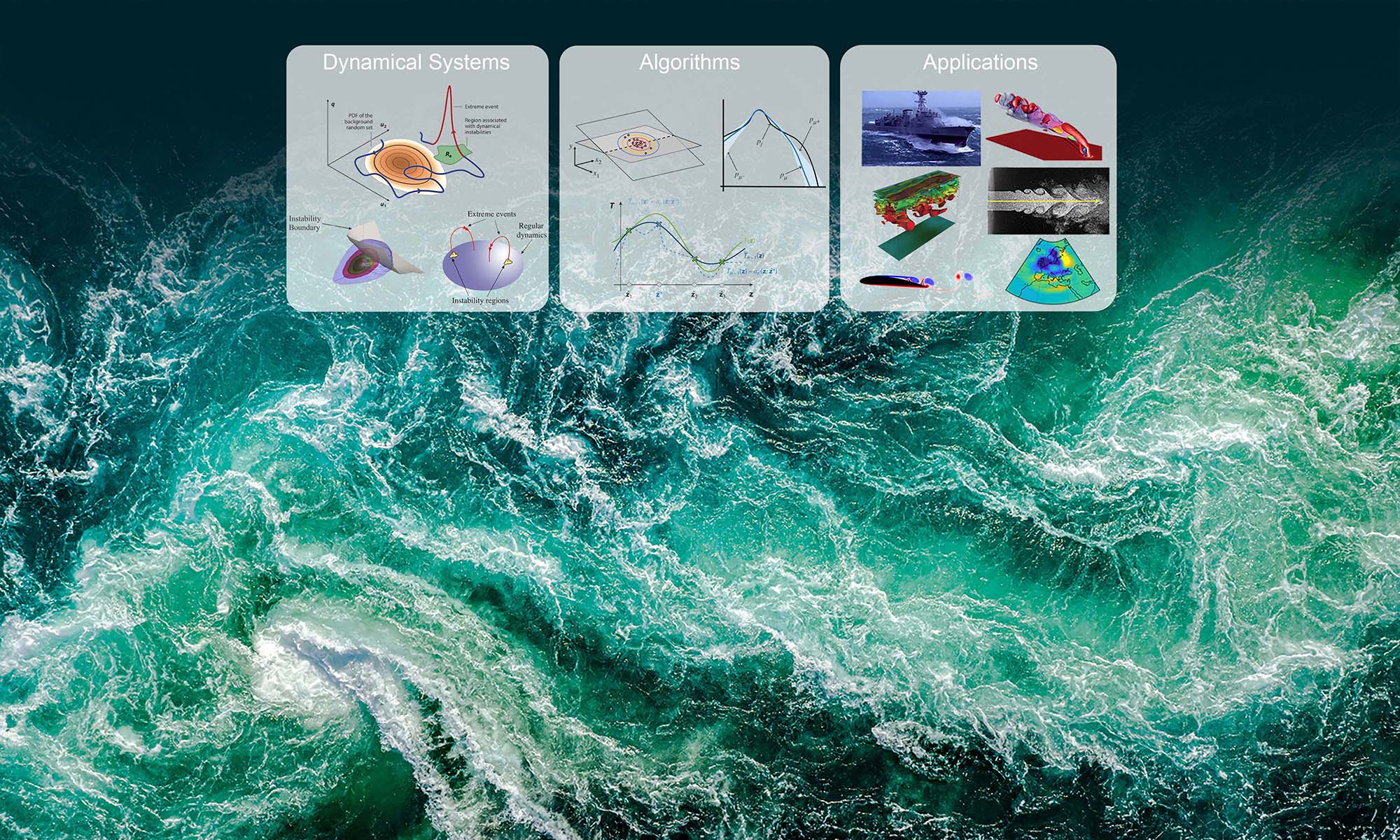| In the Stochastic Analysis and Nonlinear Dynamics (SAND) lab our goal is to understand, predict, and/or optimize complex engineering and environmental systems where uncertainty or stochasticity is equally important with the dynamics. We specialize on the development of analytical, computational and data-driven methods for modeling high-dimensional nonlinear systems characterized by nonlinear energy transfers between dynamical components, broad energy spectra with complex statistics, and persistent or intermittent instabilities. We are particularly interested on the development of inexpensive predictive capacity for such systems as well as the development of design criteria for engineering applications. |
Recent News
- Prof. Sapsis receives the Vannevar Bush Faculty Fellowship, DoD’s most prestigious single PI award, for research on extreme events

- Prof. Sapsis comments at the NYT about the ship’s force in the Baltimore Bridge Collapse
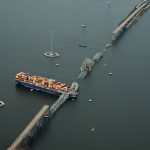
- Paper on extreme climate events featured in the MIT News
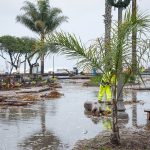
- Paper on a new method for debiasing climate model outputs for extreme event statistics to appear to Journal of Advances in Modeling Earth Systems

- Prof. Sapsis appointed Director of the Center for Ocean Engineering

Featured Papers
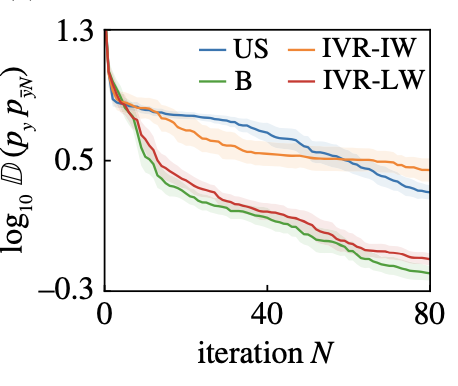 | Optimal acquisition functions for active learning of pdf tails T. Sapsis, A. Blanchard, Optimal criteria and their asymptotic form for data selection in data-driven reduced-order modeling with Gaussian process regression, Philosophical Transactions of the Royal Society A [pdf] |
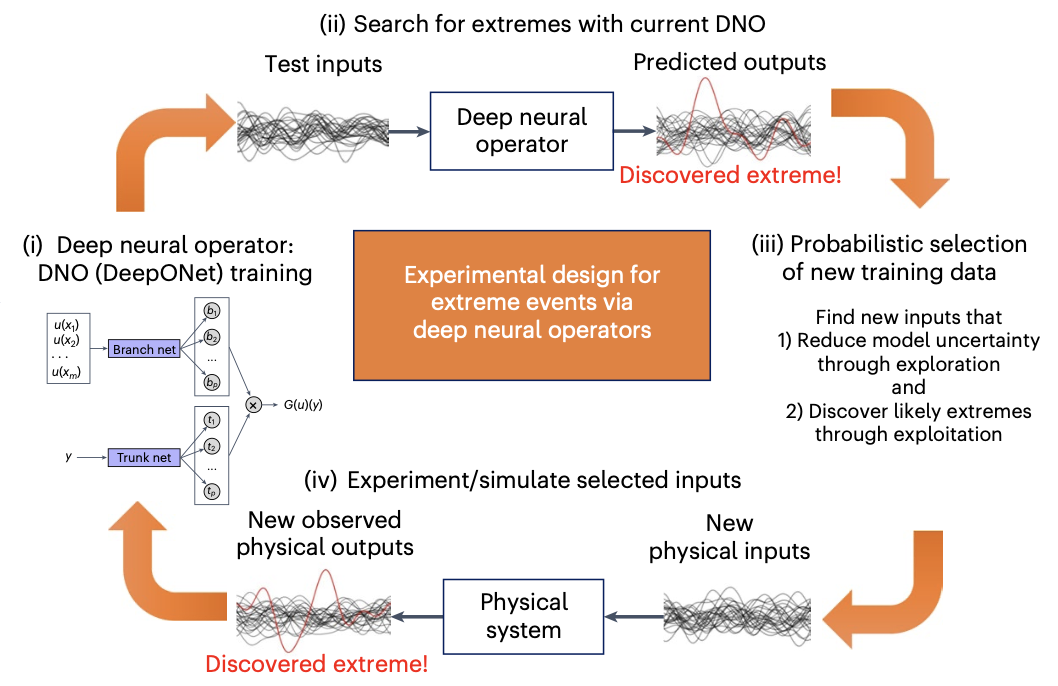 | Active learning with neural operators to quantify extreme events E. Pickering et al., Discovering and forecasting extreme events via active learning in neural operators, Nature Computational Science [pdf] |
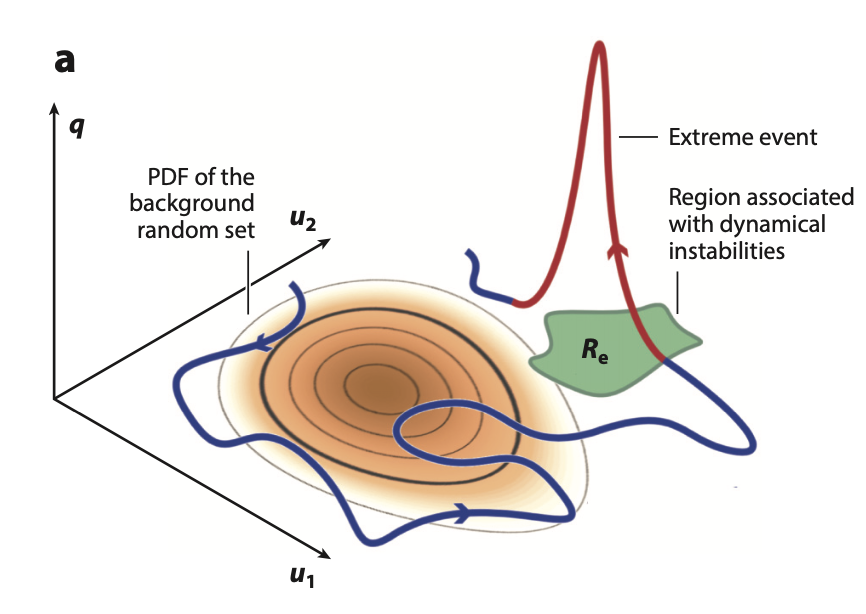 | A review of methods for modeling of extremes in fluids T. Sapsis, Statistics of extreme events in fluid flows and waves, Annual Review of Fluid Mechanics [pdf] |
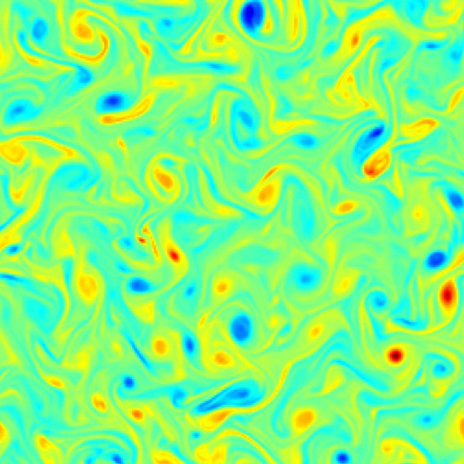 | Physically consistent NN closures for UQ of turbulent flows A. Charalampopoulos, T. Sapsis, Uncertainty quantification of turbulent systems via physically consistent and data-informed reduced-order models, Physics of Fluids [pdf] |
